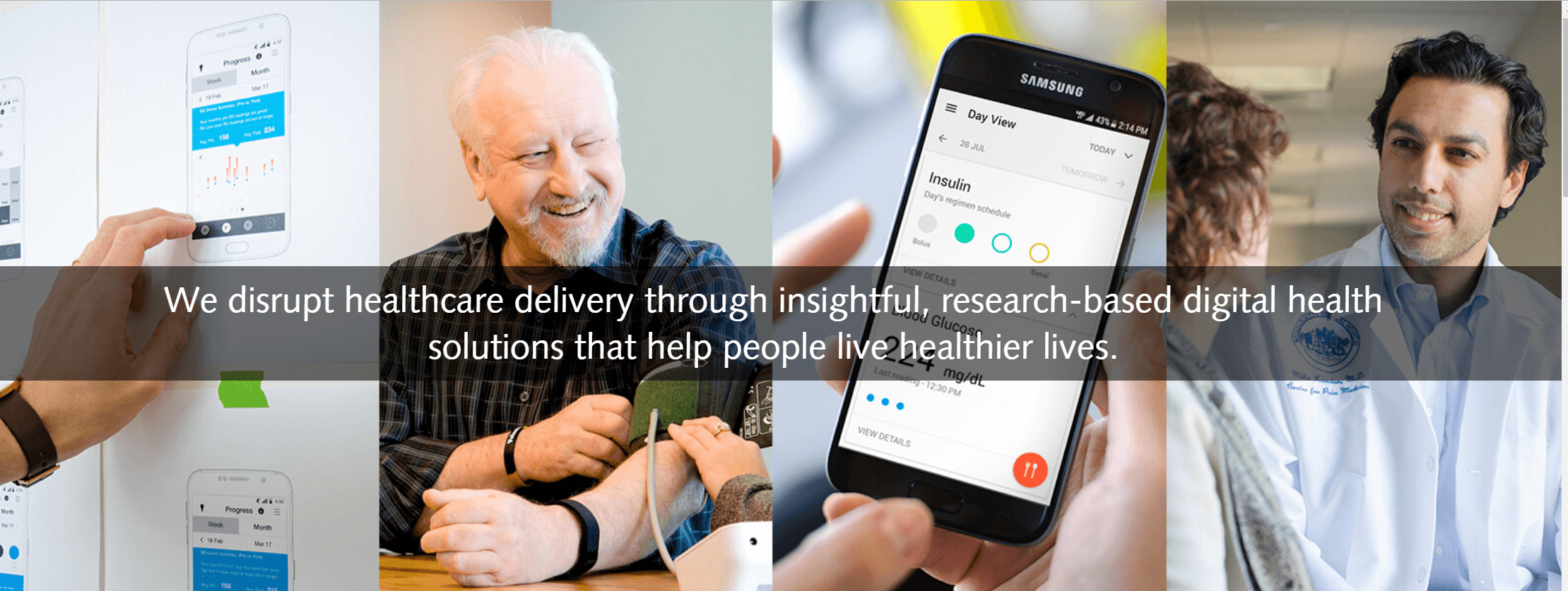
Partners Connected Health, today announced the launch of a new patient-facing mobile app that allows patients to easily and securely share patient-generated health data (PGID) with their care team from a larger selection of consumer health devices, including activity trackers, wearables, sensors, and remote monitoring devices. Its VitalSnap feature enables the mobile app to capture personal health data from devices without a free-standing app and non-Bluetooth devices.
Launched in 2017, PGHDConnect is designed to bring patients’ device data – from wearables, blood pressure monitors, blood glucose monitors, and other home health devices – directly into the existing clinical work-flows and the EHR (electronic health record). The platform is already available for monitoring blood pressure, blood glucose, weight, and activity, and is available to patients throughout the Partners network.
PGHDConnect App Overview
The PGHDConnect mobile app gives patients and providers 250 devices to choose from and connects with Apple HealthKit and Samsung Health to track activity.
The PGHDConnect app is HIPAA compliant, is simple and user-friendly, and operates on both Android and iOS platforms. The app is responsive for both smartphone and tablet use. The PGHDConnect mobile app will be available as a free download from Google Play and the App Store starting next month.
“PGHDConnect is a tool to help providers and clinicians better connect with their patients and gain important perspective on the patient’s overall state of health — not just during office visits. It is also a great tool to help patients engage with their health in their day-to-day lives,” added Kelly Santomas, MS, RN, Senior Director, Partners Connected Health. “PGHDConnect is currently used in primary care and specialty practices and is being positioned to launch in hospitals and at discharge. There is a research study in progress and a number of pilots being proposed to assess workflows and clinical outcomes using this platform with the potential to reach almost two million patients across the Partners network.”
